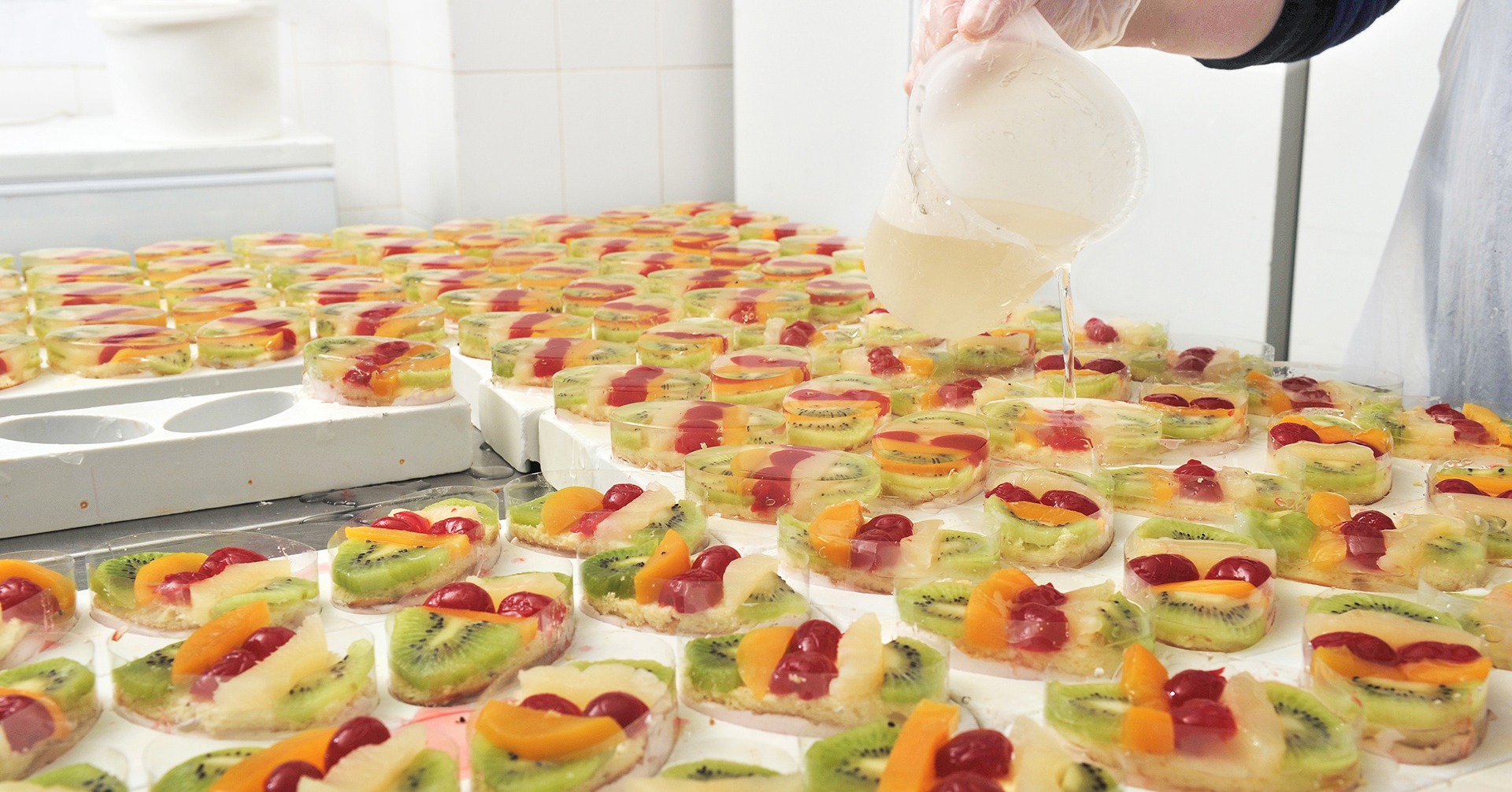Today’s rapidly evolving digital landscape is constantly changing the behaviour and expectations of consumers. The digital era has also created a seemingly endless number of channels you can market your products to potential customers.
But without a clear plan of who you’re targeting, what you’re offering and what your business goals are, you’ll fall by the wayside. So, to succeed in the modern world, you need to know how to build a digital strategy to ensure your efforts have maximum impact.
Let’s dig deeper…
Understand what your customers want
There’s no point driving traffic to your website if all you’re going to get is a pile of spam in your inbox. Gathering customer data isn’t new. But knowing where to start when it comes to pulling this data from your CRM (customer relationship management) system, or knowing what to capture in the first place can be a daunting task.
Here are our top targeting options to use for a strategy:
- Attributes – these include age, location, gender, technology preferences, etc
- Value – by understanding your customers’ lifetime value, you can segment them into areas like returning buyers/one-time buyers and target them with different methods
- Behaviour – e.g. what’s their preferred buying method? There are several tools that allow you access to this information such as Google Tag Manager
- Channels – Find out what parts of the funnel are touching your customers. Don’t just look at the last click attribution model – analyse every step to determine which channels to focus on for each segment
Once you’ve gained a better understanding of who you’re talking to, you can start creating buyer personas which are profiles that represent your ideal customers. This allows you to tailor your marketing efforts to engage with your target audience and meet the needs of your customers.
Define your value proposition
Your value proposition must answer the “what’s in it for me?” question from your customers. Without it, consumers don’t have a reason to buy from you.
Some ways you can create an effective value proposition include:
- Ensure it’s straight to the point – your value proposition should be two or three sentences max. Every word used should improve clarity or make your main selling point more convincing
- Understand what you customers want – as we’ve mentioned earlier, find out who are they are, their values, needs/pain points, etc and use this data to form buyer personas
- Focus on how your customers will benefit from your product/service – this value can be financial or non-financial. Hyperbolic claims like “world’s best” will put off customers because they haven’t got the time (or patience) to work out what value you can offer them
- Ask for your customer's perception – customers usually form this during the full customer experience. So, ask for their views on your value proposition as part of a survey or during the customer engagement experience
You can read more into the importance of having an effective value proposition by clicking here.

Set clear goals and KPIs
Key performance indicators (KPIs) are quantifiable measures you can use to evaluate your success. In other words, KPIs track how well your goals are being met. But how do you determine which KPIs to set and track?
Some steps you can take include:
- Start with defining your goals – before you think about setting KPIs, you need to have a clear understanding of your goals. Also, make sure they’re SMART (specific, measurable, achievable, relevant, time specific)
- Choose what KPIs to set – look at the SMART goals you’ve set and ask yourself – how can I measure each goal and make sure I’m achieving that goal? Keep in mind it’s only a KPI if it can be measured and if you can track conversions/revenue from the data. For example, you might say you want 10,000 followers on Twitter but how is that impacting your bottom line? If you can prove something is resulting in sales, it can be classed as a KPI
- Only select a few KPIs – aim to set between four to 10 KPIs per goal. If you try and track too many KPIs, you’ll end up drowning in unnecessary data and lower your effectiveness
- Be consistent – once you’ve set them, make sure you’re measuring them on a regular basis, whether that’s once a week or once a month. This will help you keep tabs on how close (or far) you are from achieving your goals

Choose the right technology that can grow with your business
It’s clear technology is transforming the food industry. Let’s take a closer look at these tools and their benefits…
Boost process efficiency, product quality and safety with automation
Robotics and machinery are a great way to help improve line efficiency, maximise ingredient usage and enhance food safety while reducing the risk of any human-related errors.
For example, meat processing plants can use robotics to handle the difficult cuts of meat. This helps reduce the chance of injury to workers and speeds up the process.
Optimise processes with AI
Devices which are internet of things (IOT) enabled can automatically collect data and analyse your machines performance against how well it should be performing. This gives more time back to your team as they don’t have to do it manually.
Additionally, an ERP system that’s integrated with your other core business systems allows your essential data to feed into one centralised location. This removes the need for manual data inputting and allows your employees to quickly access data and identify areas for improvement.
Gain complete visibility with drones
By monitoring areas such as crop health, soil levels and weather patterns, drones are giving food business more visibility over what’s happening across their fields.
As this doesn’t require human intervention, workers can spend less time manually inspecting crops and more time on other business critical tasks.
Improve supply and demand management with food ERP software
Managing supply chain waste has long been a top priority in the food industry. Industry-specific ERP systems can ensure you only buy the precise amount of stock needed, based on real-time demand.
Get your people onboard
Don’t forget to make sure you have a clear change management strategy in place so your team understands the reasons for change. Trying to transform without their buy-in can result in resistance and make the project more challenging.
In fact, show them the value of transformation - for example, how machines will handle the repeatable, laborious tasks and free up their time to focus on the more fulfilling tasks. Also, highlight how new tech can lead to new roles which need an advanced skillset. This will help them feel more inclined to master new skills.
You can read more into the key components of a change management strategy by clicking here.
Are you ready to action your digital strategy?
Digitalising your business will help you keep up with market trends and bring you closer to your customers, but technology on its own isn’t a silver bullet. You also need the right culture, people and processes to support them.
In our guide to innovation, we cover the signs that it’s time to innovate, the food tech you should know about and how to prepare your business for change.
Download it below.

